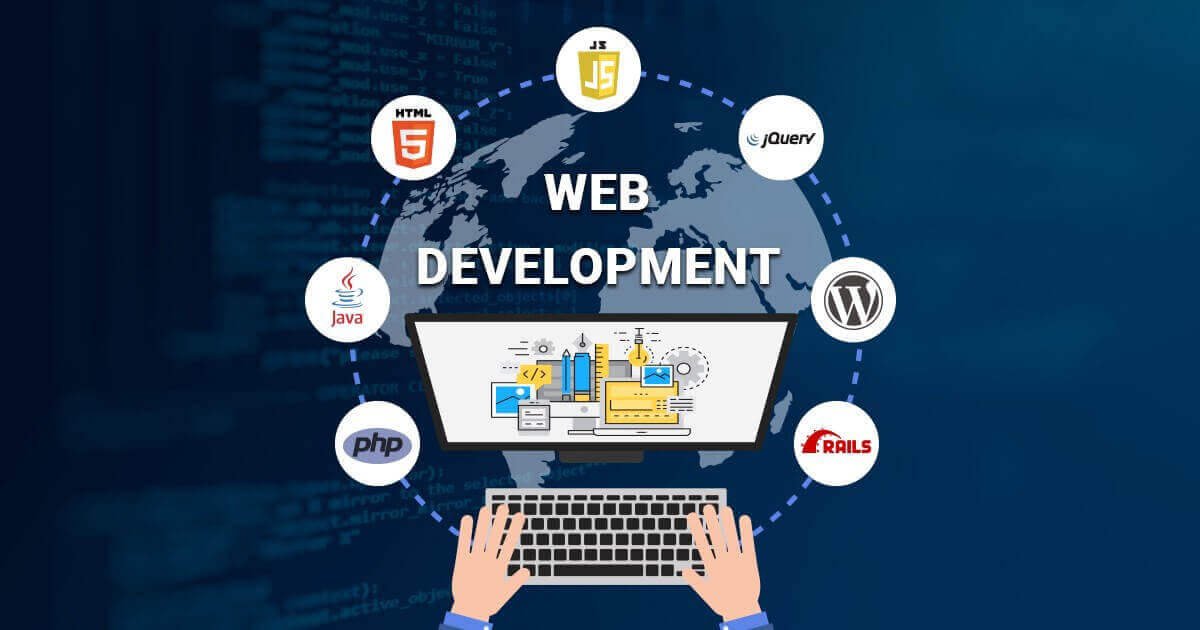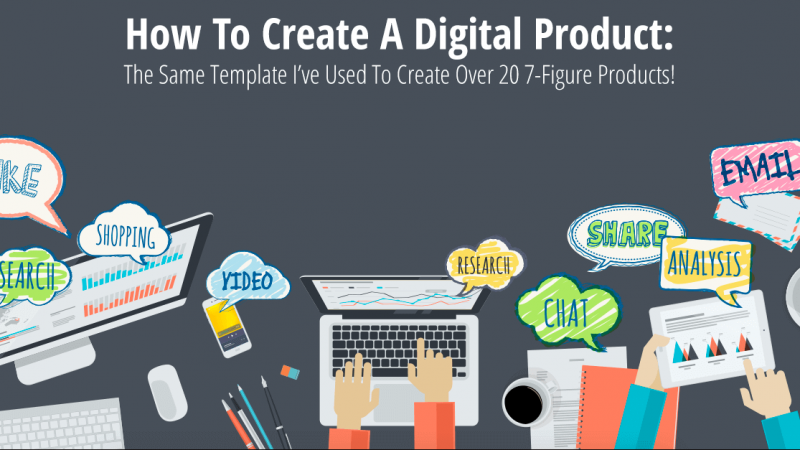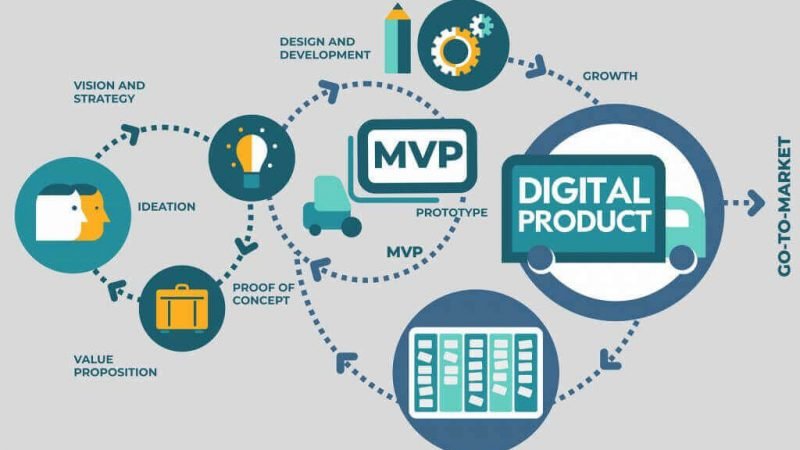Front-end vs Back-end Website Development: 7 Core Differences to Know

Are you just beginning to learn about coding?
You may be confused with phrases like front-end and backend Website Development. In reality, front-end and back-end are among the most crucial words in the IT business if you wish to be an effective web developer.
Front-end and back-ends show the kind of website you create as a developer, as well as the tools you utilize. Numerous businesses are transitioning to the digital age and are in the market to recruit web developers for the project.
We’ll give you an overview of the differences between the two terms – front-end vs. the back-end development of web applications, their goals, and their benefits. Those who are brand new to a career in Website Development must be taught the basics of becoming a Web designer first.
What is Website Development?
Website Development involves the creation of websites and web-based applications by using the full Website Development life-cycle.
Instead of focusing on UI/UX Website Development is concerned with ensuring that the code is correct and making websites function to the specifications. It’s all about the reliability and accessibility of websites and apps.
How do the terms front-end and backend work together?
Back-end development and front-end development are two different aspects of web-based development. Let’s explore each of these terms more deeply.
What is Front-end Development?
Front-end Website Development is focused on what the user sees on the screen of their web browser. It’s a method of changing the code created by back-end developers into a visual interface, and making sure that the information is simple to comprehend and read. The process is known as the “client-side” of Website Development.
Let’s look at the front end using an illustration.
The below image shows the homepage of an eCommerce site that is well-known such as Amazon is the perfect example of the front-end design of a site.
If there’s no front-end in place, all you’ll find on your website application or site are the simplest codes. Front-end developers assist users with no programming experience and can use the web-based application or site to their liking.
There are many frameworks that developers can use depending on their needs. To learn more it is recommended to check out our blog post on the top front-end frameworks. Once you’re familiar with the frameworks front-end Website Development is effortless.
Elements of Front-end Development
- Layouts
- Buttons
- Navigation
- Graphics
- Images
- Content organization
- Animation
What is Back-end Development?
As the name suggests, back-end development is focused on the back end of websites. It’s what makes your website interactive. The back-end development process is also the “server-side” of an app on the internet or a website.
For instance,
If you’re a company owner who runs an eCommerce website, you’ll require a space that is suitable to manage and store your customers’ data
This storage center that is accessible is referred to as the database. Some of the most popular examples of databases include MySQL, Oracle, and SQL Server. The databases are operated on a server, which is a remote computer.
The image below shows the back-end development process of the restaurant’s website.
The developers will handle the databases and the data they store. By doing this, they will ensure the visual components on the front end continue working properly while users browse through the pages of the internet.
While users aren’t interacting directly with the back-end of a website but they certainly interact with the components that a back-end developer is working on via an application that is front-end. Apart from that, the top back-end frameworks allow them to achieve the desired result from the front-end perspective.
Elements of Back-end Development:
- Creating Code
- Troubleshooting and debugging web applications
- Framework utilization
- Management of databases
- We will now examine the contrast between front-end as well as back-end developments.
What are the Objectives and Features of Front-end Development?
Front-end development is the process of creating and designing the user interface for websites and apps. Numerous frameworks and technologies are accessible to design visually pleasing dynamic, interactive, and speedy loading websites and applications.
7 Objectives of Front-end Development
Retaining More Visitors With Appealing UI/UX
According to the study websites and applications which do not feature attractive front-end designs will surely attract fewer users. It’s unlikely that people who visit the site. If the web designer can design a site that draws people, the odds are good that they will remain. Additionally, there is an increased chance of increasing website traffic and conversions.
To Have a Good First Impression
Visitors to your website take only about a couple of seconds before deciding whether to stay on your site or go to a different page. Your website’s front-end servers are the first impression of your business. Thus investing in front-end technology is an effective business reason.
Effective Branding to Increase Business Value
In essence, the front end of the client-side software serves as a marketing tool for your business. It builds confidence and confidence in potential customers. A well-designed and visually appealing GUI is a great promotion for your company.
Makes Your Website Easy to Use
Your site should not be cluttered. That is your website should be easy to use. It should be easy and easy to navigate. The navigation must be fluid and fluid, delivering the best user experience.
Responsive Design to Make it Compatible With all Devices
Your website should be responsive in design. There are numerous operating systems and hardware available. Front-end development must ensure that the website works with all operating systems.
Fast Loading Time for Quick Response to User Actions
Slow websites are a huge downfall. The majority of visitors to websites will not be able to wait for the site to be uploaded. The front end of the website should load quickly and provide a quick and efficient response to user actions.
Better ROI With Quality Front-end Design
Front-end development requires money time, effort, and energy. If the team produces an item that meets the standards and specifications, companies will experience more traffic and will see more ROI over the long term.
What are the Core Features of Front-end Development?
Front-end development is the process that ensures that site visitors are interacting with the site. This is achieved using a combination of technology design, layout as well as a programming language.
A few of the characteristics that are part of the front end include:
UX Design- If you’re a UX/UI designer, you should create an intuitive and user-friendly interface that is appealing to users.
Layout- Whether it’s white-label or more custom-designed web design it is important to have a well-planned layout of the visual elements to allow users to be able to communicate easily.
JavaScript ProgrammingJavaScript Programming JavaScript is the language used to script for building any site. To ensure efficient programming, debugging, and testing, the top 12 IDEs for JavaScript provide a sophisticated coding aid.
Dropdown Menu- To allow users to make use of the app without restrictions aid them in using the Dropdown Menu. It aids users in scrolling through the information they want. Dropdown menus help users save time when browsing huge websites.
What are the Objectives and Features of Back-end Development?
On the site, the server side of the development is known as back-end development. It is the process of writing code to communicate with databases using SQL. This web-based programming code that is in the back end of the website is something you are not able to see, which is what makes the website work. Back-end programming lets you design the logic needed to make the website.
3 Objectives Of Back-end Development
The most important objectives of back-end development are to comprehend the information users are requesting via the web page or application then transform and mix it, and then resend the information to the user in the format of the processing.
Accessing the Data Requested by the User
Users can request information by visiting the website or using the application anytime during the week. The back end needs to be readily available and ready to take action and react to users’ requests.
Everything in the back-end development is dependent on data. Back-end web developers should be aware that creating code that is based on security standards is required. The most reliable custom Website Development company includes back-end developers that manage databases that use MySQL, MongoDB, and Oracle.
Transforming and Combining the Data
The information that a website or app needs, are sourced from a variety of sources, referred to as databases. Back-end developers have to make sure that the information a user wants is available in databases, which hold huge quantities of information, and transform and integrate the information in a practical method and produce the results they want.
Resending the Data
Once the necessary data has been compiled as well as transformed into a format, the data is now ready to be provided directly to users. What happens when the user is unable to be able to read the data? To do that, you need web API development, which serves as back-end translators that transform programming languages into basic human language.
What are the Core Features of Back-end Development?
Back-end development is the Web application server logic, integration, as well as activities such as creating APIs, and libraries, as well as working on system components rather than the front-end. Back-end development involves creating code that permits an application as well as databases to communicate with each other.
A few of the characteristics of the back end include:
Database storage database is responsible for retrieving the information requested by the client. Back-end developers make use of back-end tech stacks to ensure that the database is operating on the server each time a user browses for data.
API Integration- No process works properly back-end until the website app is linked to an API. API lets the most complex programming exchange and transfer information.
Debugging- The key to being a successful back-end developer requires you to write clean code to reduce the time spent and eliminate any issues. Enhance the experience of users by debugging each when you start developing tasks.
Want to Develop a Web Application for Your Business?
For a website to be developed with advanced features, it’s vital to comprehend the basic distinction between frontend and backend development. In this article, you will be able to understand the functions, goals, and the distinction between the back end and the front end. After you have a clear understanding of the significance of each carry, it’s simple to discuss.
If you are still having concerns regarding front-end and back-end development, consult our team. We are experienced in the development of custom web solutions using the latest web technologies, such as Angular, Vue.js, Django as well as Ruby on Rails.






